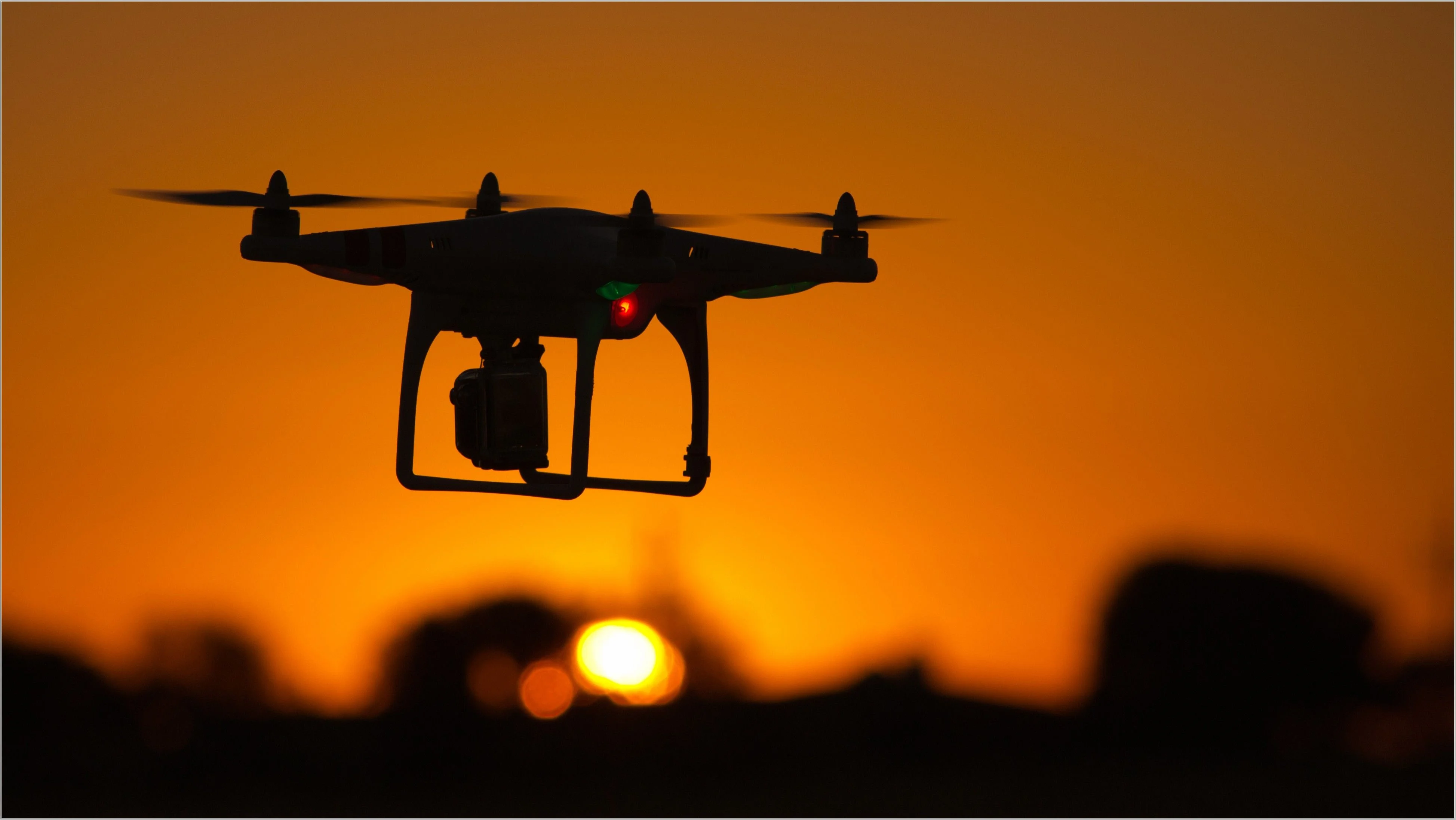 2025-07-11
2025-07-11
According to IDC's "Simplified Report on China's UAV Industry in 2016" produced by iResearch in mid-May this year, by 2019, the global annual sales of UAVs will reach 3.93 million, including 3 million consumer-grade UAVs and CAGR reaching 60%; The sales volume of industrial drones is 930,000 units, and the CAGR reaches 45%. It can be seen that under the "prosperous time" of consumer drones, the development of industrial drones lags behind to a certain extent, which will restrict the development of the drone market in the long run. So what restricts the development of industrial drones? What do you think of the multi-rotors, helicopters and fixed wings as the three platforms of industrial drones?
Unmanned helicopter has always enjoyed a high reputation in the military field because of its large load. Civil unmanned helicopters have followed the advantages of unmanned helicopters in the military field, and they are favored by farmers for their large load and strong downward pressure wind field in plant protection operations. It also has the characteristics of small landing site, vertical take-off and landing, hovering in the air and flexible use. The helicopter covers a series of fields of multi-rotor operation. There are few models of unmanned helicopters produced in large quantities or put into practical use in the market. One of the reasons is that unmanned helicopters have poor stability, and their manipulation and flight control are much more difficult than fixed-wing drones and manned helicopters. Like multi-rotor UAV, its speed and range are limited, leaving a gap in its industrial application.
Because of its long cruising distance, low cost and good safety, fixed-wing UAV is widely used in power line inspection. Fixed-wing UAV is equipped with visible light detector and infrared thermal imager to inspect and record transmission lines, which has the advantages of high efficiency, rapidity, reliability and no geographical influence, and once became the darling of industrial applications. However, in aerial patrol, the fixed-wing UAV can't hover, and the close observation of the line becomes its eternal pain. Coupled with the strict requirements of fixed-wing UAV for the take-off site, people are always entangled in its application in the industrial field.
